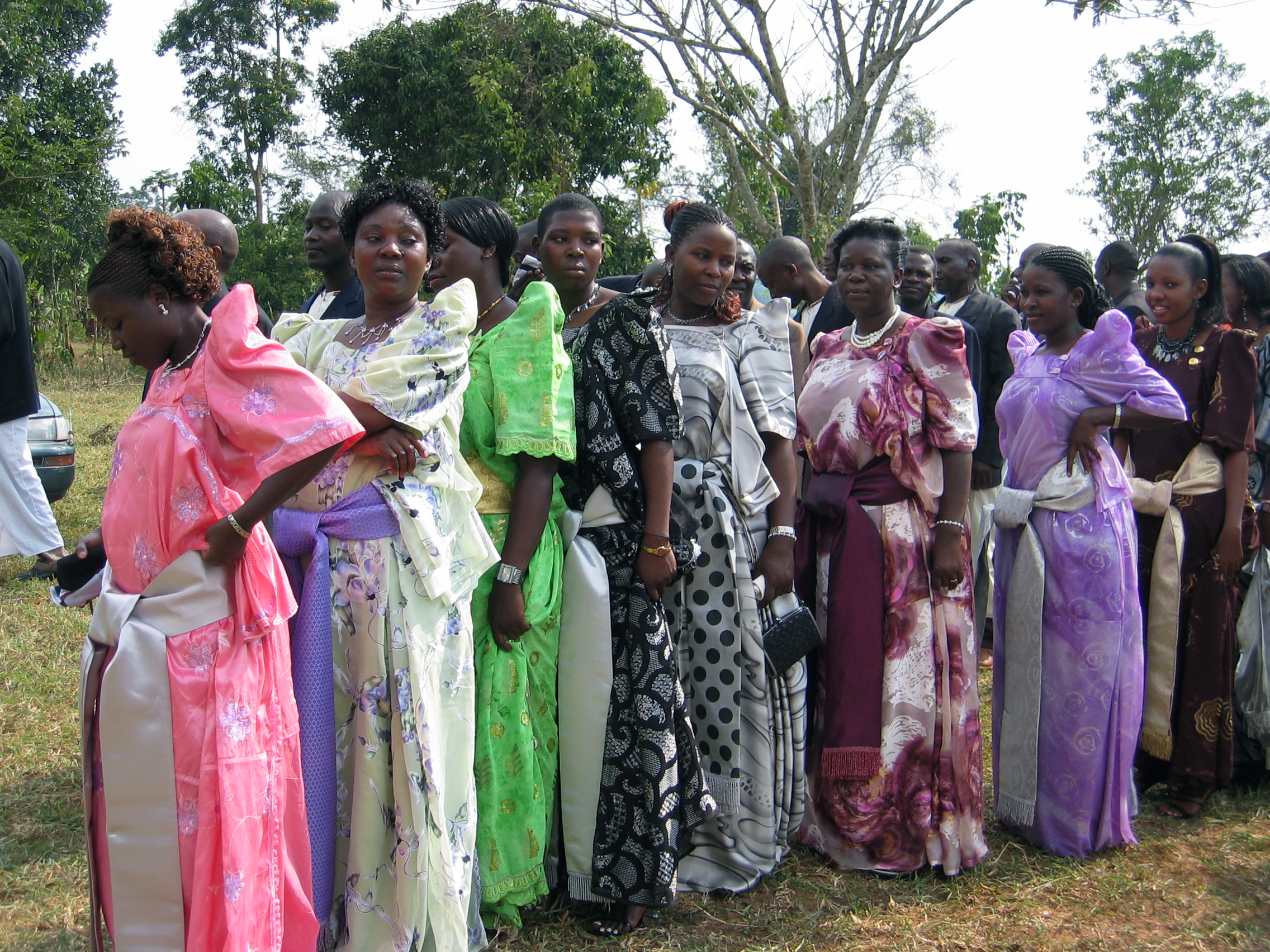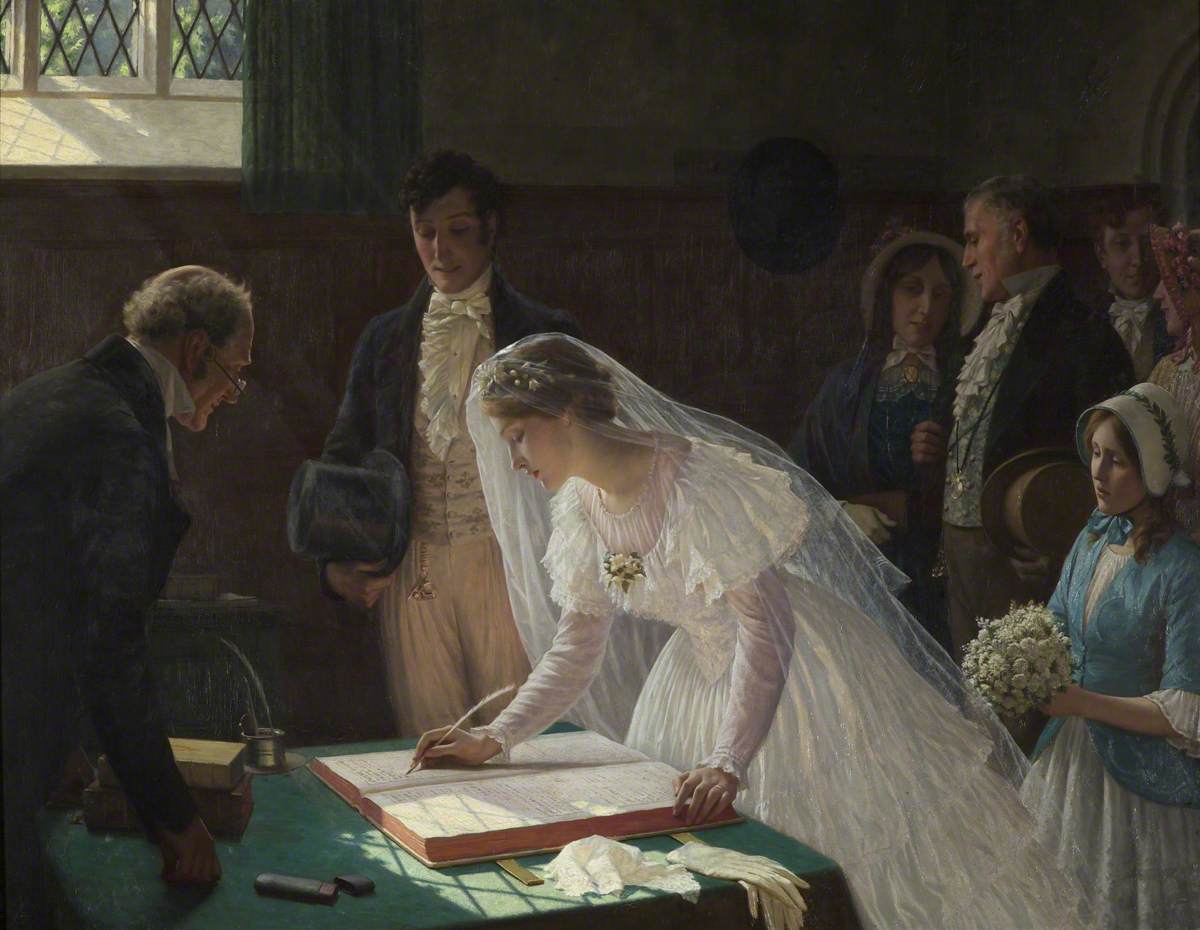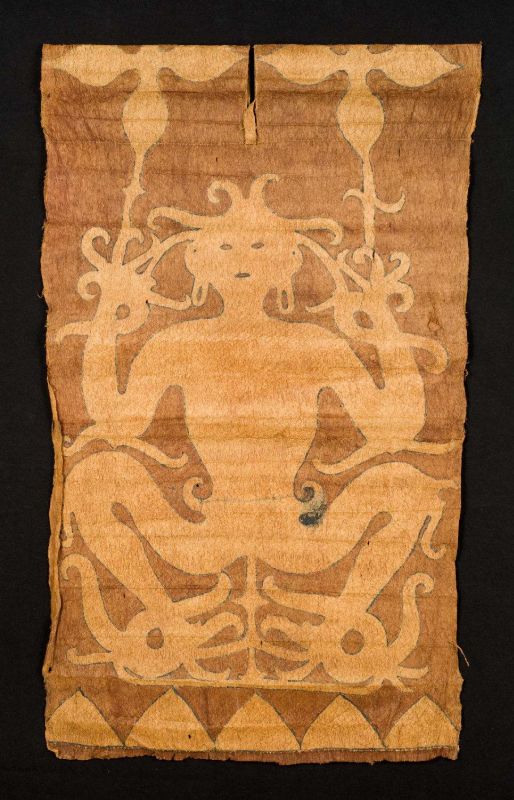|
Kanzu
A kanzu is a white or cream coloured robe worn by men in the African Great Lakes region. It is referred to as a ''tunic'' in English, and as the '' thawb'' in Arab countries. The kanzu is an ankle or floor length garment. It serves as the national costume of Tanzania as well as the Comoros, where it is called a ''kandu'' as well as a ''thawb''. The robe is also worn in some coastal Muslim regions of Tanzania and Kenya. The men of Uganda consider it their most important dress. Kanzu is a Ganda word of Swahili origin, which means "robe" or "tunic". In Tanzania, the term is used interchangeably with kaftan. Ugandan kanzu The Kiganda/Ugandan kanzu was introduced to the Buganda Kingdom by Arab traders. Kabaka Ssuuna was the first Kabaka of Buganda to wear the kanzu. After the Kabaka adopted the attire it became the formal wear of all Baganda men. The kanzu spread from the Baganda people to other ethnicities and is a national costume of Baganda men. (The Republic of Uganda has no pan- ... [...More Info...] [...Related Items...] OR: [Wikipedia] [Google] [Baidu] |
National Costume
Folk costume, traditional dress, traditional attire or folk attire, is clothing of an ethnic group, nation or region, and expresses cultural, religious or national identity. An ethnic group's clothing may also be called ethnic clothing or ethnic dress. Traditional clothing includes everyday and formal wear. The word "costume" in this context is sometimes considered pejorative, as the word has more than one meaning, and thus "clothing", "dress", "attire" or "regalia" can be substituted without offense. Following the rise of romantic nationalism in parts of Europe, pre-industrial peasantry came to serve as ideals for genuinity and desirability. Garments evoking peasant dress were made from traditional pre-industrial textiles. In regions where Western dress styles are common, traditional garments are often worn during special events or celebrations. International events may cater to non-Western attendees with a compound dress code such as "business suit or national dress". In s ... [...More Info...] [...Related Items...] OR: [Wikipedia] [Google] [Baidu] |
Gomesi
A gomesi, also known as a Busuuti or Bodingi, is a colorful floor-length dress. It is the most commonly used costume for women in Buganda and Busoga. Traditional male attire is the kanzu. The gomesi has had many changes in its uses and design since its origination. Origins The best scholarship traces the origins of the Gomesi to 1905. The dress was introduced by a Goan designer, Caetano Gomes, then resident in Uganda which was a British Protectorate at the time. The dress did not gain wide use until the wife of Daudi Cwa II of Buganda, the Kabaka, or king over Buganda, wore it at her 18-year-old husband's official coronation (he had been kabaka since age 1) in 1914.Richard J. Reid. ''A History of Modern Uganda''. Cambridge: Cambridge University Press, 2017. p. 40 The gomesi can also be traced back to the former, traditional style of clothing in Uganda called Lubugo, originating in 600 AD. The women of Uganda adopted the gomesi once in was introduced by Europeans. The impl ... [...More Info...] [...Related Items...] OR: [Wikipedia] [Google] [Baidu] |
Buganda
Buganda is a Bantu peoples, Bantu kingdom within Uganda. The kingdom of the Baganda, Baganda people, Buganda is the largest of the List of current non-sovereign African monarchs, traditional kingdoms in present-day East Africa, consisting of Uganda's Districts of Uganda, Central Region, including the Ugandan capital Kampala. The 14 million ''Baganda'' (singular ''Muganda''; often referred to simply by the root word and adjective, Ganda) make up the largest Ugandan region, representing approximately 16% of Demographics of Uganda, Uganda's population. History of Buganda, Buganda's history includes unification during the 13th century by the first king, Kato Kintu, the founder of Buganda's Kintu dynasty, Buganda grew to become one of the largest and most powerful states in East Africa during the 18th and the 19th centuries. During the Scramble for Africa, and following unsuccessful attempts to retain its independence against British Empire, British imperialism, Buganda became the ce ... [...More Info...] [...Related Items...] OR: [Wikipedia] [Google] [Baidu] |
Kaftan
A kaftan or caftan (; , ; , ; ) is a variant of the robe or tunic. Originating in Asia, it has been worn by a number of cultures around the world for thousands of years. In Russian usage, ''kaftan'' instead refers to a style of men's long suit with tight sleeves. It may be made of wool, cashmere wool, cashmere, silk, or cotton, and may be worn with a sash. Popular during the time of the Ottoman Empire, detailed and elaborately designed garments were given to ambassadors and other important guests at the Topkapı Palace. Variations of the kaftan were inherited by cultures throughout Asia and were worn by individuals in Russia (North Asia, Eastern Europe and formerly Central Asia), Southwest Asia and Northern Africa. Styles, uses, and names for the kaftan vary from culture to culture. The kaftan is often worn as a Coat (clothing), coat or as an overdress, usually having long sleeves and reaching to the ankles. In regions with a warm climate, it is worn as a light-weight, loose-f ... [...More Info...] [...Related Items...] OR: [Wikipedia] [Google] [Baidu] |
Wedding
A wedding is a ceremony in which two people are united in marriage. Wedding traditions and customs vary greatly between cultures, ethnicity, ethnicities, Race (human categorization), races, religions, Religious denomination, denominations, Country, countries, social classes, and sexual orientations. Most wedding ceremonies involve an exchange of marriage vows by a couple; a presentation of a gift (e.g., an offering, rings, a symbolic item, flowers, money, or a dress); and a public proclamation of marriage by an authority figure or Celebrant (Australia), celebrant. Special wedding garments are often worn, and the ceremony is sometimes followed by a wedding reception. Music, poetry, prayers, or readings from religious texts or literature are also commonly incorporated into the ceremony, as well as Wedding superstitions, superstitious customs. Common elements across cultures Some cultures have adopted the traditional Western custom of the white wedding, in which a bride wear ... [...More Info...] [...Related Items...] OR: [Wikipedia] [Google] [Baidu] |
Cotton
Cotton (), first recorded in ancient India, is a soft, fluffy staple fiber that grows in a boll, or protective case, around the seeds of the cotton plants of the genus '' Gossypium'' in the mallow family Malvaceae. The fiber is almost pure cellulose, and can contain minor percentages of waxes, fats, pectins, and water. Under natural conditions, the cotton bolls will increase the dispersal of the seeds. The plant is a shrub native to tropical and subtropical regions around the world, including the Americas, Africa, Egypt and India. The greatest diversity of wild cotton species is found in Mexico, followed by Australia and Africa. Cotton was independently domesticated in the Old and New Worlds. The fiber is most often spun into yarn or thread and used to make a soft, breathable, and durable textile. The use of cotton for fabric is known to date to prehistoric times; fragments of cotton fabric dated to the fifth millennium BC have been found in the Indus Valley civilizat ... [...More Info...] [...Related Items...] OR: [Wikipedia] [Google] [Baidu] |
Poplin
Poplin, also called tabinet (or tabbinet), is a fine (but thick) wool, cotton or silk fabric with crosswise ribs that typically give a corded surface. Nowadays, the name refers to a strong material in a plain weave of any fiber or blend. Poplin traditionally consisted of a silk warp with a weft of worsted yarn. In this case, as the weft is in the form of a stout cord, the fabric has a ridged structure, like rep, which gives depth and softness to the lustre of the silky surface. The ribs run across the fabric from selvedge to selvedge. In Britain, woollen yarn from the spinners in Suffolk would be sent to Dublin to be woven with silk into tabinet. Poplin is now made with wool, cotton, silk, rayon, polyester or a mixture of these. Since it has a plain under/over weave, the fabric displays a plain woven surface with no ribbing if the weft and warp threads are of the same material and size. Shirts made from this material are easy to iron and do not wrinkle easily. Poplins a ... [...More Info...] [...Related Items...] OR: [Wikipedia] [Google] [Baidu] |
Linen
Linen () is a textile made from the fibers of the flax plant. Linen is very strong and absorbent, and it dries faster than cotton. Because of these properties, linen is comfortable to wear in hot weather and is valued for use in garments. Linen textiles can be made from flax plant fiber, yarn, as well as woven and knitted. Linen also has other distinctive characteristics, such as its tendency to wrinkle. It takes significantly longer to harvest than a material like cotton, although both are natural fibers. It is also more difficult to weave than cotton. Linen textiles appear to be some of the oldest in the world; their history goes back many thousands of years. Dyed flax fibers found in a cave in the Caucasus (present-day Georgia (country), Georgia) suggest the use of woven linen fabrics from wild flax may date back over 30,000 years. Linen was used in ancient civilizations including Mesopotamia and ancient Egypt, and linen is mentioned in the Bible. In the 18th century and be ... [...More Info...] [...Related Items...] OR: [Wikipedia] [Google] [Baidu] |
Suit Jacket
A suit jacket, also called a lounge jacket, dress jacket, lounge coat or suit coat, is a jacket in classic menswear that is part of a suit. History The jacket was originally a work jacket that came into fashion due to the French Revolution. It was popular among sailors, and in the 19th century it became a common item of clothing for sports and recreation. The 1870s saw the birth of the suit, which at first was met with great skepticism and viewed primarily as leisure wear. In particular, which came into fashion in the late 1870s, a suit in a large plaid with rolled to the knee pants. Since 1860, all the components of the suit began to be sewn from a uniform fabric. Today, jackets come in different lengths, but the classic is one in which the jacket covers the buttocks, the sleeves reach the wrist, and the cuff of the shirt extends out a couple of centimeters from under the sleeve of the jacket. Single and double-breasted Most single-breasted suit jackets have two or three b ... [...More Info...] [...Related Items...] OR: [Wikipedia] [Google] [Baidu] |
Barkcloth
Barkcloth or bark cloth is a versatile material that was once common in Asia, Africa, and the Pacific. Barkcloth comes primarily from trees of the family Moraceae, including '' Broussonetia papyrifera'', '' Artocarpus altilis'', '' Artocarpus tamaran'', and '' Ficus natalensis''. It is made by beating sodden strips of the fibrous inner bark of these trees into sheets, which are then finished into a variety of items. Many texts that mention "paper clothing" are actually referring to barkcloth. Some modern cotton-based fabrics are also named "barkcloth" for their resemblance to these traditional fabrics. Traditional Austronesia Before the development of woven textiles, barkcloth made from trees belonging to the mulberry family ( Moraceae) were an important aspect of the pre-Austronesian and Austronesian material culture during the Neolithic period. Stone barkcloth beaters, in particular, are considered part of the "Austronesian toolkit." They have been found in abundance i ... [...More Info...] [...Related Items...] OR: [Wikipedia] [Google] [Baidu] |








